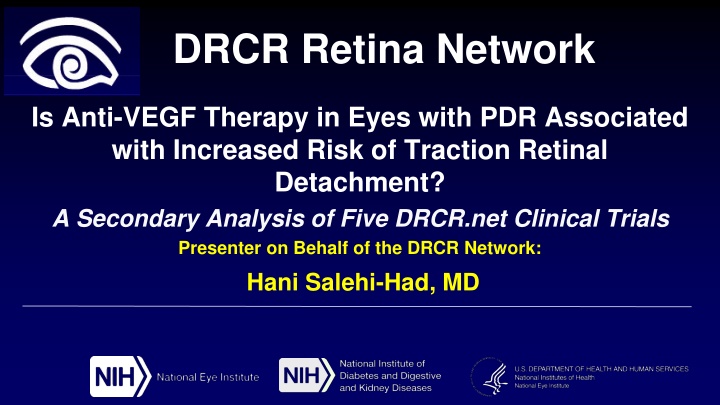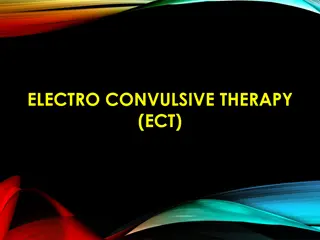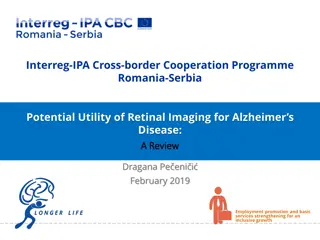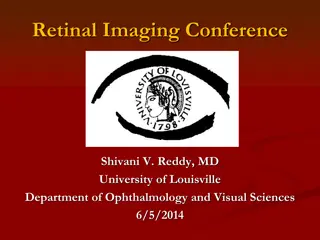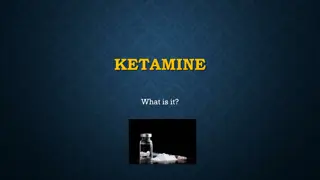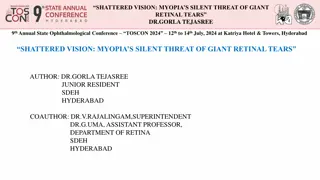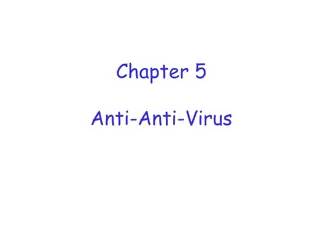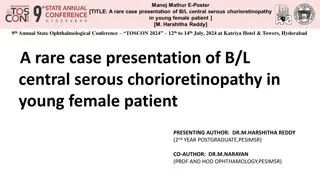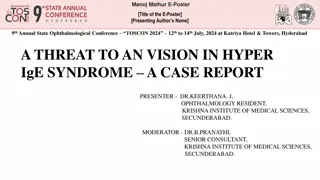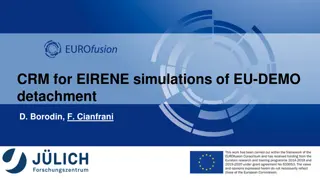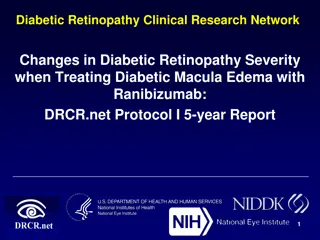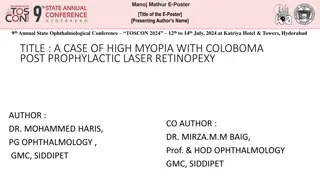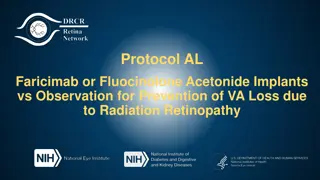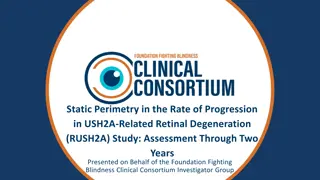Does Anti-VEGF Therapy Increase Risk of Traction Retinal Detachment?
Analysis of five DRCR.net clinical trials explores the association between anti-VEGF therapy and increased risk of traction retinal detachment in eyes with PDR. Concerns regarding retinal detachment after treatment with bevacizumab are discussed, focusing on risk factors and study objectives.
Download Presentation

Please find below an Image/Link to download the presentation.
The content on the website is provided AS IS for your information and personal use only. It may not be sold, licensed, or shared on other websites without obtaining consent from the author.If you encounter any issues during the download, it is possible that the publisher has removed the file from their server.
You are allowed to download the files provided on this website for personal or commercial use, subject to the condition that they are used lawfully. All files are the property of their respective owners.
The content on the website is provided AS IS for your information and personal use only. It may not be sold, licensed, or shared on other websites without obtaining consent from the author.
E N D
Presentation Transcript
DRCR Retina Network Is Anti-VEGF Therapy in Eyes with PDR Associated with Increased Risk of Traction Retinal Detachment? A Secondary Analysis of Five DRCR.net Clinical Trials Presenter on Behalf of the DRCR Network: Hani Salehi-Had, MD
Financial and Other Disclosures No relevant financial disclosures 2
Background The Avastin Crunch Bevacizumab Therapy for the Treatment of ROP R.V. Paul Chan (Retina Today, September 2011) intravitreal bevacizumab may decrease neovascularization but promote progression to retinal detachment. This progression to retinal detachment, often termed ROP crunch , can occur rather quickly... 3
Background: More Concerns of Avastin Crunch Letter to the Editor: Retinal Detachment after Bevacizumab Arevalo et al (Ophthalmology, November 2011;118:2304.e3) Clinical chart review at 6 centers TRD noted in 25 of 698 eyes (3.5%) receiving bevacizumab prior to vitrectomy for TRD Risk factors identified: >15-year duration of diabetes (~3-fold increase) >13 days from injection to vitrectomy (~7-fold increase) 2.5-mg dose of bevacizumab (~2-fold increase) 4
Study Objective To determine whether rates of traction retinal detachment and vitrectomy for traction retinal detachment, among study eyes with PDR in DRCR Network protocols, are higher when treating with anti-VEGF versus not treating with anti-VEGF Limited to events occurring in first year because previously-reported cases of TRD after anti-VEGF were noted soon after initial exposure Eyes with macular-threatening traction have generally been excluded from enrolling in DRCR.net anti-VEGF studies 5
Original Protocol of Eyes Analyzed Control* Group (N = 396) 10% 23% 34% 33% 0% Anti-VEGF** Group (N = 487) 10% 17% 26% 27% 21% Protocol I J N S*** T * Includes focal/grid laser (I, J), PRP (J, S), and intravitreous saline (N) ** Includes aflibercept (6%), bevacizumab (8%), and ranibizumab (86%) *** Protocol S eyes with baseline DME and 20/32 or worse vision were excluded because ranibizumab was required in both groups 6
Participant Characteristics Control Group (N = 396) 43% 53% 54 Anti-VEGF Group (N = 487) 45% 57% 56 Female sex, (%) White race/ethnicity, (%) Age (y), median Diabetes type, (%) Type I Type II Unknown HbA1c (%) 21% 76% 3% 8.2 18% 79% 3% 8.1 7
Ocular Characteristics Control Group (N = 396) Anti-VEGF Group (N = 487) Visual acuity, median (IQR) Letter Score Approximate Snellen Equivalent 66 (78-43) 20/50 (20/32-20/160) 253 (214-356) 68 (76-51) 20/50 (20/32-20/100) 286 (224-404) OCT CST ( m)*, median (IQR) ETDRS Retinopathy Severity Level, N (%) Mild PDR (level 61) Moderate PDR (level 65) High-risk PDR (levels 71 and 75) Advanced PDR (levels 81 and 85) 27% 36% 37% <1% 36% 32% 31% <1% 8 *Time-domain (Stratus) equivalent
Time to Retinal Detachment Hazard Ratio (95% CI)* 0.95 (0.54-1.66) P = .86 6.8% 4.8% * Adjusted for Protocol 9
Time to Vitrectomy for Retinal Detachment Hazard Ratio (95% CI)* 0.60 (0.27-1.30) P = .19 4.4% 2.2% * Adjusted for Protocol 10
Traction Retinal Detachment by DR Severity 100 15 12.2 Percentage of Eyes 80 10 8.6 60 5 2.5 40 1.5 0.8 0 0 20 0 Mild PDR (level 61) Moderate PDR (level 65) High-Risk PDR (levels 71 and 75) Anti-VEGF Non-Anti-VEGF 11
Vitrectomy for TRD by DR Severity 100 15 Percentage of Eyes 80 8.9 10 60 5 3.5 2.4 40 0.8 0 0 0 20 0 Mild PDR (level 61) Moderate PDR (level 65) High-Risk PDR (levels 71 and 75) Anti-VEGF Non-Anti-VEGF 12
Summary Among eyes with PDR at baseline enrolled in these protocols, anti-VEGF therapy was NOT associated with an increased rate of traction retinal detachment or associated vitrectomy compared with management in control arm Rates were numerically lower in the anti-VEGF group Caveat: these trials do not include eyes with TRD involving the macula or TRD for which vitrectomy was imminent or planned Conclusion: These findings do not support the hypothesis that anti-VEGF therapy for DME or PDR increases the risk of TRD among eyes with PDR similar to those enrolled in five DRCR Network protocols for which prompt vitrectomy was not planned 13
